The Real Digital Divide Afflicting American Politics
Rather than creating a community, the internet and social media have divided and disengaged us and set our politics adrift.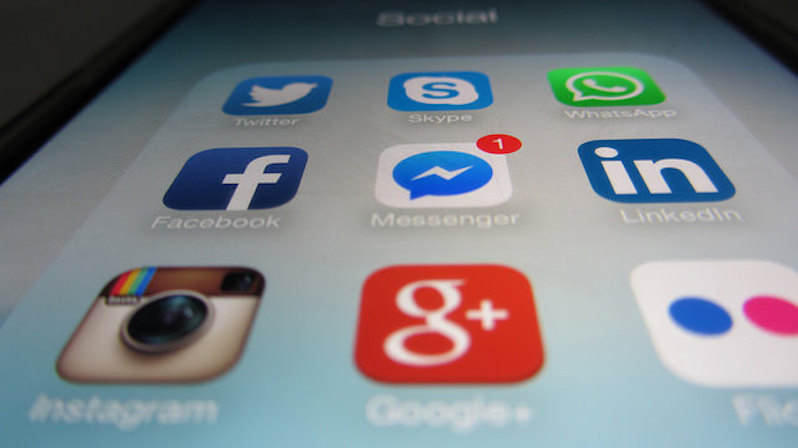 Christiaan Colen / Flickr
1
2
Christiaan Colen / Flickr
1
2

Christiaan Colen / Flickr
Independent journalism is under threat and overshadowed by heavily funded mainstream media.
You can help level the playing field. Become a member.
Your tax-deductible contribution keeps us digging beneath the headlines to give you thought-provoking, investigative reporting and analysis that unearths what's really happening- without compromise.
Give today to support our courageous, independent journalists.
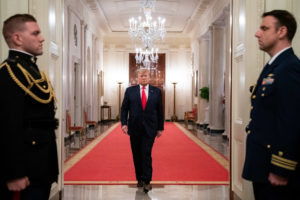


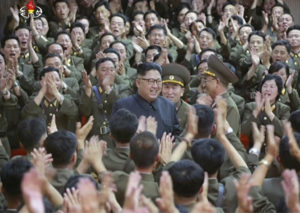
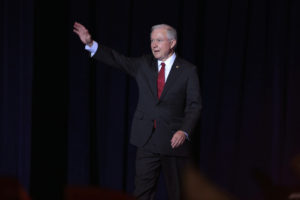
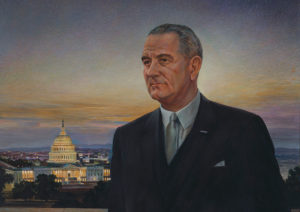
You need to be a supporter to comment.
There are currently no responses to this article.
Be the first to respond.